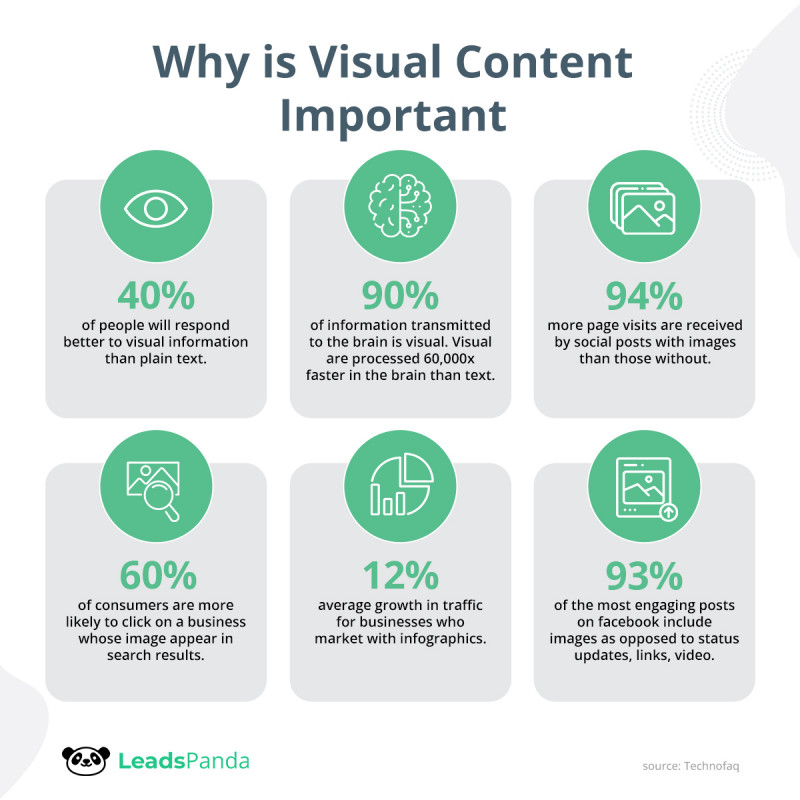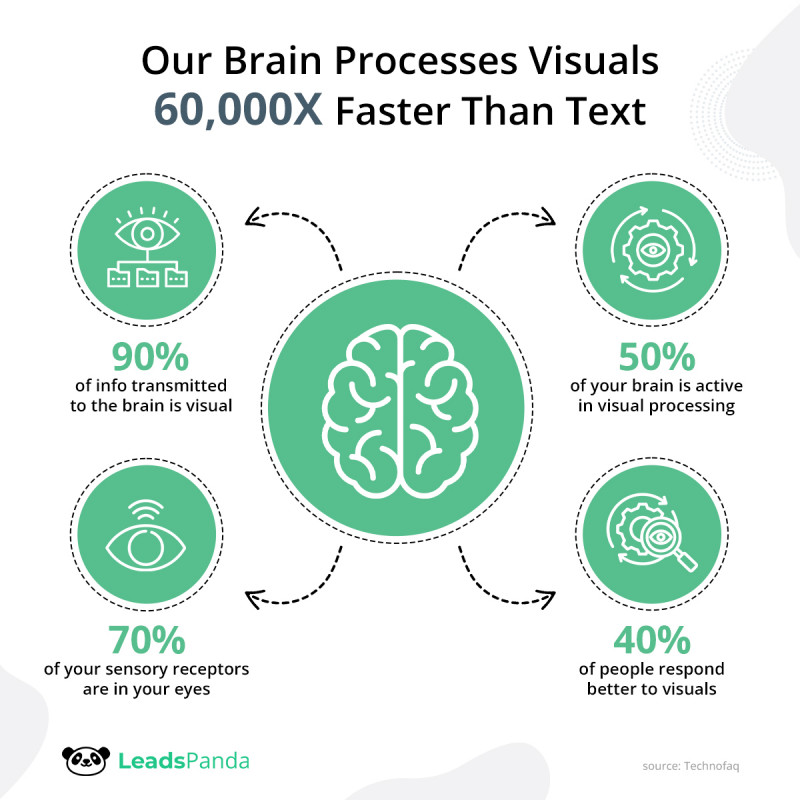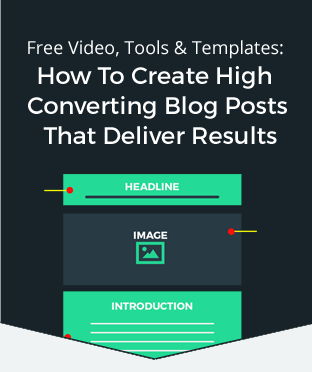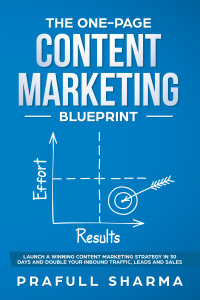Are You Maximizing Your Visual Content Marketing Potential?
Through the years, you have probably seen how visuals can truly complement your overall marketing strategy. They have become a valuable tool for content marketers whether you’re running a small startup or a well-established blue chip organization.
That said, how well are you using all the available visual content marketing assets that you have at your disposal? Visual content is so much more than just adding nice photos or graphs to your blog posts—and there’s more to them than creating an infographic.

Visual content marketing refers to using images, video, graphs, charts, and other valuable visual collateral to engage your audience and share information. The power of these visuals lies in your ability to harness and complement your key messages. Communicating your brand story in a manner that engages your audience encourages them to learn more and pay attention to what you have to say, helping you achieve your content marketing goals.
To understand whether you’re maximizing your visual content marketing potential, take a look at our guidelines:
1. Identify a clear goal for your visual content
What exactly are you trying to achieve with your visual content? Just like you wouldn’t simply write a blog post for the sake of filling up your blog, you won’t just add random images to your articles just to break up the wall of text.
What steps are you hoping people will take after they interact with your content? Do you intend to have your audience read through the whole post or are you happy to just have them skim through it? Be clear about your objectives. Once you understand exactly what you want to achieve, it will be easier to know what images will help you reach your goals.
2. Use images with purpose
Infographics may be the most frequently used visuals that marketers use, but it’s still important to consider what visual forms are best suited given your objectives.
Choose images that are relevant and appropriate to the subject matter you’re discussing. For this, you need an in-depth understanding of your audience. Start by identifying your primary target audience and understanding who you’re trying to reach. From here, determine what type of content they usually consume and how they consume it. Learn more about what level of exposure or knowledge they have about your niche, industry, or subject matter.
Your goal is to really get inside your audience’s head to create a strong connection through your copy and visuals.
3. Understand the channels you are using
No matter how great your article is, and no matter how awesome your visual content is, it will fail if no one is there to see it. This is why it’s essential to determine the best channels you can use to publish your content and make sure it serves your needs.
For example, you wouldn’t post a whole ebook on a platform that was primarily designed to reach a young and visually inclined audience like Instagram; neither would you post an entire article on a platform like Twitter. Always consider the platform, the audience it reaches, and the content formats that different platforms will support. Create a solid plan on how to approach visual content marketing across different platforms.
4. Avoid overwhelming your readers with text
According to statistics, 40% of people respond better to an image than 1,000 words.
The whole point of visual content marketing is to break up the monotony of plain text with visuals that are complementary, engaging, and relevant. To that end, make sure your images are strategically placed to let your readers’ eyes travel seamlessly through your content.
Break up text to create a good rhythm as your readers’ eyes travel through your post.
5. Pay attention to the quality of your visuals
Don’t post visuals that aren’t related to your content or that do nothing for your overall message. Doing so will only confuse your audience and lead to lower engagement.
Make sure your images are high quality with good resolution. If you’re reposting from a third-party source, always cite and link back to the original source.
Visual content marketing that works is rooted in good design. Whether you have access to a professional designer or you’re doing it yourself, make an effort to follow best practices. If possible, find ways to incorporate original visuals that you create yourself so you can apply your brand’s visual identity, whether it’s through fonts, illustration styles, or other key brand elements that make it easier to identify your signature look.

Defining this visual language or signature is essential to help your brand stand out from competitors and differentiate yourself from the pack. It also ensures you’re creating a cohesive look across all your content. And finally, it will help you build trust and credibility across your audience and nurture a deeper relationship with them.
6. Be consistent
You’ve already made an effort to create a post that follows the best practices, why would you compromise all the good work you’ve already done by using substandard visual content? Always be consistent. Make sure the quality of your images across all your posts is good. Ensure that the look is cohesive across all posts. Take the time to do this for ALL your posts, not just the ones you’re working on right now.
7. Try to ride on the latest trends
If at all possible, incorporate visual content that is relevant to your content and the latest, trending news. Why? This will help boost your visibility on different search engines and help make your post more searchable. It can also help expose your brand to a wider audience and allow you to gain more exposure across different audience groups.
The key thing here is to make sure that your visuals are appropriate and highly relevant to your subject matter, niche or industry. Don’t force it if there’s no connection.
All these tips are easily implementable and actionable and we highly encourage you to give them a try. If you want to learn more, reach out to us. Book a consultation or get started with Leadspanda to find out how we can help you.
For any questions, leave a comment below or check out our LinkedIn or Twitter.
If you found this article helpful, please share it on your favorite social media platforms.
Share This Story
2 Comments
Leave A Comment
Get the latest growth ideas, strategies, and best practices delivered to your inbox.
Quick read that helps 7000+ subscribers.










[…] no surprise, therefore, that we continue to see trends that are reshaping our approach to video in content marketing. Here are some worth […]
[…] website. Search engines know this. You want a good balance of text, images, graphics, and other visual material that help make content more engaging and […]